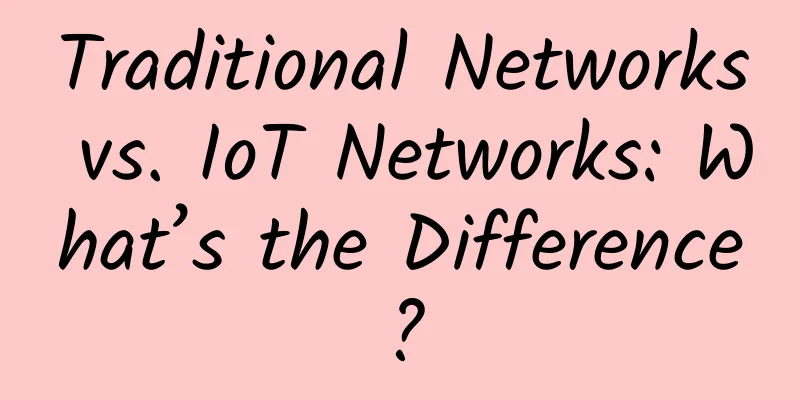Most enterprise networks cannot handle big data loads

|
Enterprise IT can't keep up with the growing data overload, survey finds. This time the problem revolves around network bandwidth and overall performance. An Accenture survey of 300 IT professionals found that most believe their enterprise networks are not up to the task of handling big data and Internet of Things (IoT) deployments. Only 43% of the companies surveyed said their networks were ready to support cloud, IoT and other digital technologies. The key reason (58%) was “misalignment between IT and business needs,” which hindered the introduction of new products. This is an unusual finding, as 85% of respondents also said their networks were fully or mostly ready to support the business’ digital initiatives. The second and third most frequently cited barriers were “the inherent complexity between business needs and operational requirements” and “demands for bandwidth, performance, etc. outstripping the ability to deliver,” at 45% each. Network bottlenecks continue to grow as the amount of data being transferred over the network increases due to analytics and other big data technologies. The survey found that bandwidth demands are not being met and current network performance is not up to par. Other reasons cited were lack of network skills, device sprawl and aging equipment. One way to solve network performance problems is: SDN Accenture found that most companies say software-defined networking (SDN) is a solution to bandwidth and performance challenges, with 77% of respondents saying they are deploying or have completed SDN deployment. It noted that while SDN may exist in some parts of the enterprise, it is not always rolled out uniformly across the enterprise. While no one seems to have enough budget to meet their “ambitions” right now, 31% of respondents to the survey said that funding network improvements within the control of the network infrastructure team is “easy.” “Traditional networks alone cannot support the innovation and performance required in the digital age,” the report said, calling for the adoption of new technologies without mentioning SDN by name. It also called for more collaboration between C-Department and its direct reports, as the two sides apparently have different views on things. “We believe that a new networking paradigm is needed to ensure that networks meet current and future business needs. However, despite signs of progress, the pace of change remains slow. Companies must undertake significant work before they can achieve unified and standardized enterprise capabilities that deliver the necessary bandwidth, performance, and security to support the business needs of today and tomorrow,” the report concludes. |
<<: Example: How to plan IP addresses for a large-scale monitoring network system?
>>: Learn more about LoRa and LoRaWAN from a few questions
Recommend
Ministry of Industry and Information Technology: Improve 5G service quality and strictly adhere to four marketing red lines
[[380517]] On February 3, the Ministry of Industr...
[Black Friday] RackNerd: Multi-datacenter VPS annual payment starts from $10.88
RackNerd's Black Friday promotion has been la...
RAKsmart: US servers start at $46/month, Hong Kong/Korea E5 servers start at $99/month, cluster servers 258IP monthly payment starts at $153
Earlier this month, we shared RAKsmart's VPS ...
Wi-Fi 6 is just being used, and Wi-Fi 7 from the three major players is already on the way
The latest generation of Wi-Fi technology, Wi-Fi ...
The three-year bloody CDN price war has ended, but traditional vendors have been crippled
[[237506]] Image source: Visual China In the clou...
How can you explain the communication protocol in such a simple way?
This article is reprinted from the WeChat public ...
Huawei has done four "small things" to achieve intelligent evolution with its ecosystem partners and win-win ecosystem
[51CTO.com original article] This morning, Huawei...
South Korea pushes for independence of 6G core technology
After South Korea launched the world's first ...
A Preliminary Study on ASP.NET Core Api Gateway Ocelot
[[387094]] This article is reprinted from the WeC...
When 5G meets new infrastructure, how will edge computing develop?
Edge computing has become one of the hottest tech...
A complete guide to using Go language built-in packages!
Introduction to Commonly Used Built-in Packages i...
What is the difference between China Telecom’s quantum encryption, quantum speed reading, and quantum energy bar?
[[377345]] Some time ago, China Telecom launched ...
"New infrastructure" is a super hot spot, with direct investment exceeding 10 trillion yuan and driving investment exceeding 17 trillion yuan
At the press conference of the National Developme...
DediPath July Promotion: 50% off all VPS/HybridServers/Dedicated Servers, multiple data centers in Los Angeles/San Jose, etc.
DediPath has released this month's promotion ...
QuantumCore: Australian VPS 1 AUD per month for the first three months, 1G memory/30G NVMe hard drive/1TB monthly traffic
The tribe once shared information about QuantumCo...





![[6.18] TmhHost 30% off on all VPS, Japan/Hong Kong/Los Angeles CN2 GIA/AS9929 monthly payment starting from 21 yuan](/upload/images/67cabea213fd6.webp)



